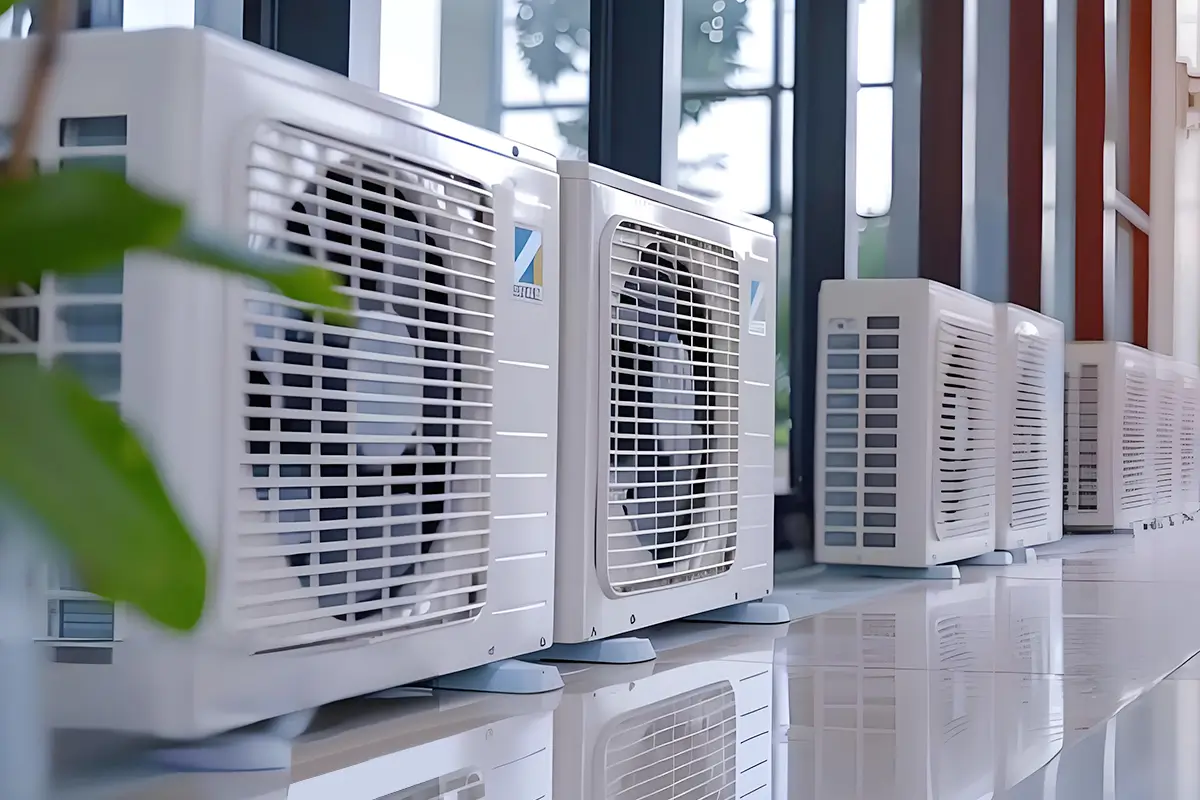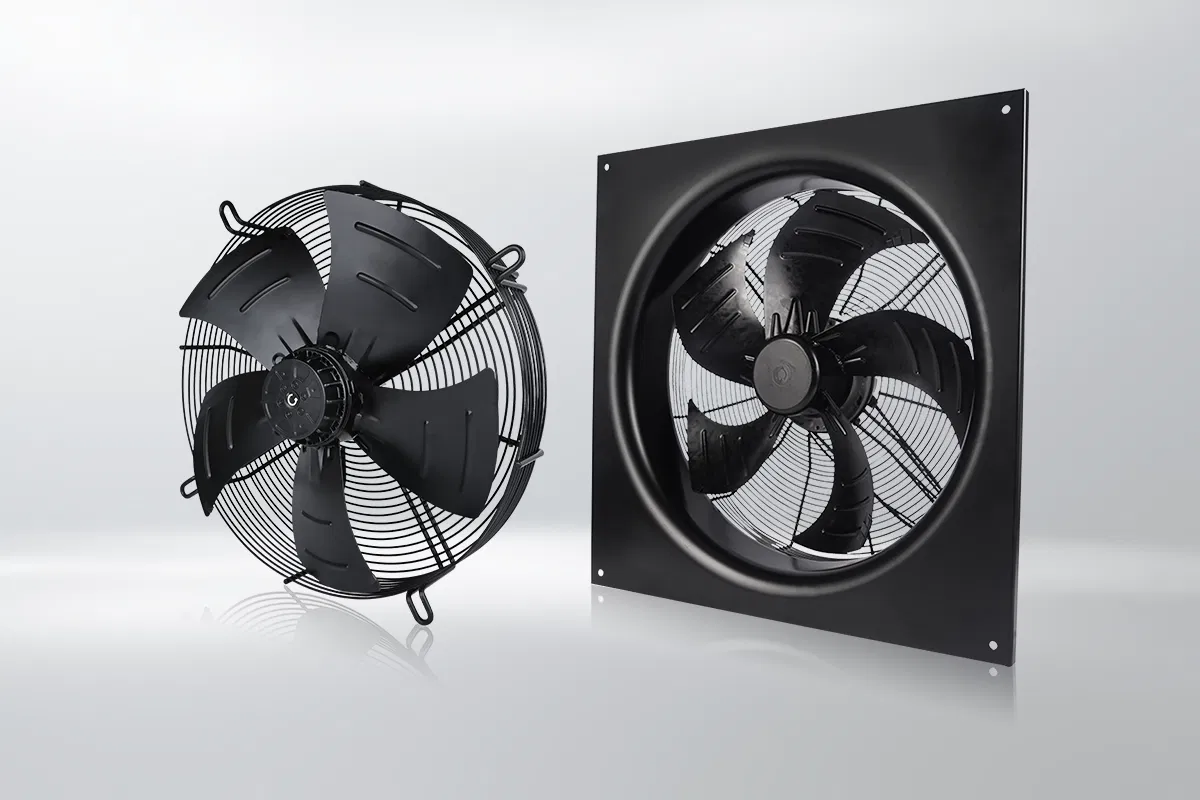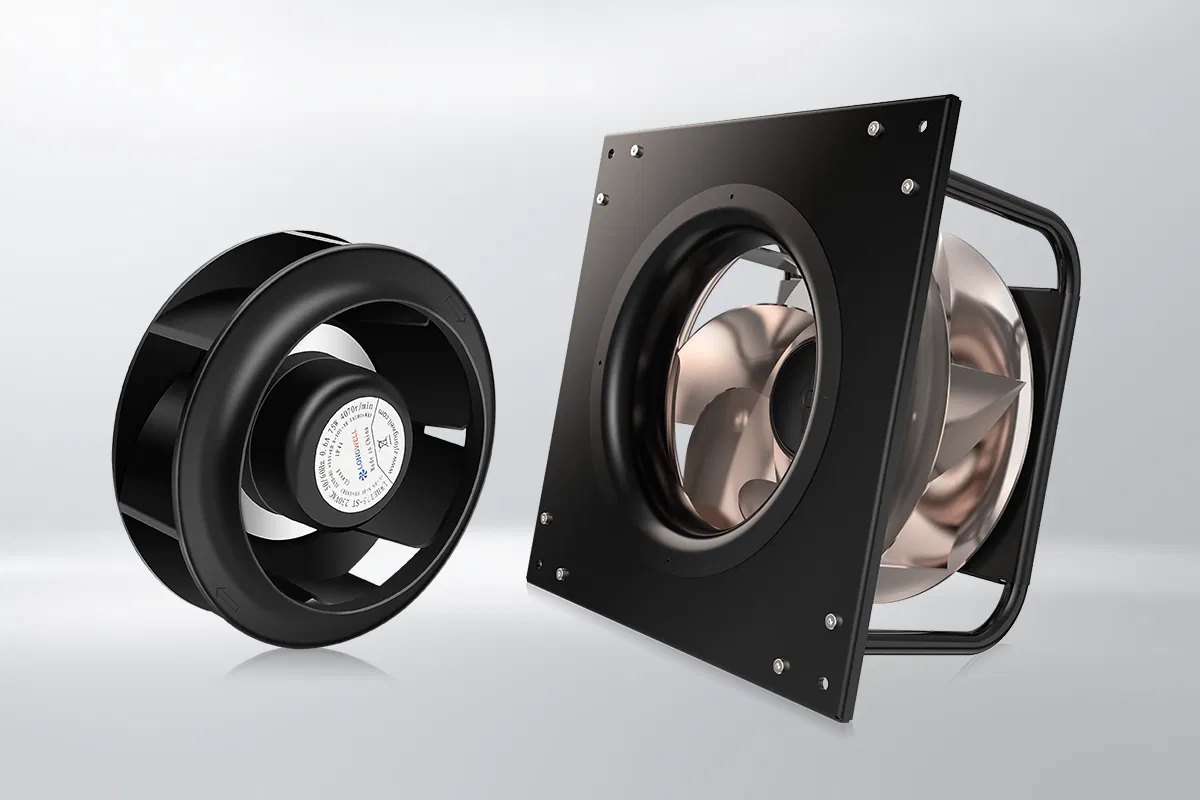
Key Highlights
Are you curious about the intricate workings of HVAC systems and how different types of fans play a crucial role? Understanding the components that make up your heating, ventilation, and air conditioning system can help you optimize its performance and efficiency. In this expert guide, we will delve into the world of HVAC fans, exploring the main types such as axial and centrifugal fans. By grasping these concepts, you’ll be better equipped to make informed decisions when selecting the right fan for your HVAC setup. Join us on this journey to demystify the complexities of HVAC fans and gain valuable insights from industry professionals.
Introduction
In an HVAC system, fans are very important. They help move air around and keep the temperature just right. It’s essential to know about the different types of fans and where they work best to make the system work well. This blog post will look at the types of fans used in HVAC systems. We will point out their special details and common uses. We will discuss simple axial fans, strong centrifugal fans, and special backward-inclined fans. Let’s break down the basics of these fans.
Understanding HVAC Fans
HVAC fans play a big role in ventilation systems. They quietly move air and help keep homes, offices, and industrial spaces comfortable. Their job is more than just controlling temperature; they also help improve indoor air quality. They do this by getting rid of stale air and bringing in fresh air from outside.
These fans come in many shapes and sizes. Each type is made for different airflow and air pressure needs in HVAC systems. To make a ventilation system work well, it’s important to choose the right type of fan. This means knowing the benefits and limits of each one when planning or taking care of an HVAC system.
Main Types of Fans
There are two main types of fans used in HVAC systems: axial fans and centrifugal fans.
- Axial fans have a simple design. They move a lot of air at low pressure and work well in places where air flows freely without much resistance.
- In contrast, centrifugal fans look like a hamster wheel. They create higher pressure to push air through areas with more resistance. This makes them great for duct systems and situations where strong airflow is needed.
Axial Fans

Axial fans have blades that spin around an axis. They push air straight along this axis. This simple design makes them cheap to make. They work well in settings where you need high airflow but low static pressure. However, the simple design also has a downside. Axial fans do not cope well with high resistance to airflow. This makes them a poor choice for places with complicated ductwork or tight areas.
You can see axial fans in many common items. For example, they are found in desktop computers. They pull in cool air and push out hot air to cool electronic components. They also work in cooling towers for evaporative cooling and in condensers of air conditioning systems to release heat.
Centrifugal Fans
Centrifugal fans work differently than axial fans when it comes to moving air. They pull air into the middle of a spinning part called an impeller. The blades on the impeller spin and push the air outward. This creates a strong airflow that comes out at a right angle to the fan’s axis.
Because of this design, centrifugal fans can manage higher static pressure than axial fans. This makes them a good choice for places that have ductwork, filters, and other things that slow down airflow. They are often used in air handling units. These fans move treated air through ducts to heat or cool different areas of a building. They are also useful in dust collection systems and for cooling combustion engines. This shows their versatility in tough industrial applications.
Specialized Fan Types
There are some special types of centrifugal fans that help with specific needs in HVAC systems. One type is the backward-inclined fan. It has blades at a unique angle, which helps it work quietly and use energy efficiently. This is why it is a popular choice for energy-recovery ventilation (ERV) systems. Its design helps reduce noise and turbulence while exchanging heat between the air coming in and the air going out.
Another type of fan is used with variable frequency drives (VFDs). These drives let you control the fan’s speed exactly, so the HVAC system can change airflow based on what is needed at the moment. This means the fan only uses as much energy as it needs, leading to major energy savings, especially in systems where requirements change often.
Factors to Consider When Choosing HVAC Fans
Choosing the right HVAC fan is important for good system performance and saving energy. First, think about how much airflow you need. This is measured in cubic feet per minute (CFM). It tells you how much air the fan must move.
Next, consider static pressure. This is the resistance to airflow in the system. If static pressure is high, you need a strong fan to push through this resistance. That means more power is needed, which affects energy consumption.
You should also pay attention to the noise level of the fan. This matters especially in homes where quiet is important.
Energy efficiency is crucial when picking an HVAC fan. High operational costs can make your system less cost-effective. Picking fans that use less energy can help you save money over time and lessen your impact on the environment.
Conclusion
In conclusion, it is important to know about the different types of fans used in HVAC systems. This knowledge helps with air circulation and controlling temperature. There are axial fans and centrifugal fans, and each one has a special job to meet certain ventilation needs. Other specialized fan types can also improve system performance.
When you pick HVAC fans, think about their size, airflow needs, and energy efficiency. Keeping up with regular maintenance can help fans work better over time. It is a good idea to stay informed about new fan technology to make your HVAC system perform its best. By choosing wisely about HVAC fans, you can ensure comfort and save money in your indoor space.
Frequently Asked Questions
What Determines the Choice Between Axial and Centrifugal Fans?
The main reason to choose between an axial fan and a centrifugal fan is the static pressure needed for your task. Axial fans are great for high airflow but low static pressure needs. On the other hand, centrifugal fans work better when you need high pressure to push air through resistance.
Can the Efficiency of HVAC Fans Be Improved Over Time?
Integrating a variable frequency drive (VFD) can really improve energy efficiency. VFDs allow for variable speed control. This means they provide consistent airflow only when it is needed. As a result, they help to stop wasting energy that happens when a fan runs at full power all the time. This leads to better durability and can save you money in the long run.
What Are the Latest Innovations in HVAC Fan Technology?
Recent HVAC improvements often use electronically commutated (EC) motors in fans. EC motors help save energy by using DC power that comes from AC. They provide better control and use less energy than regular AC motors.

